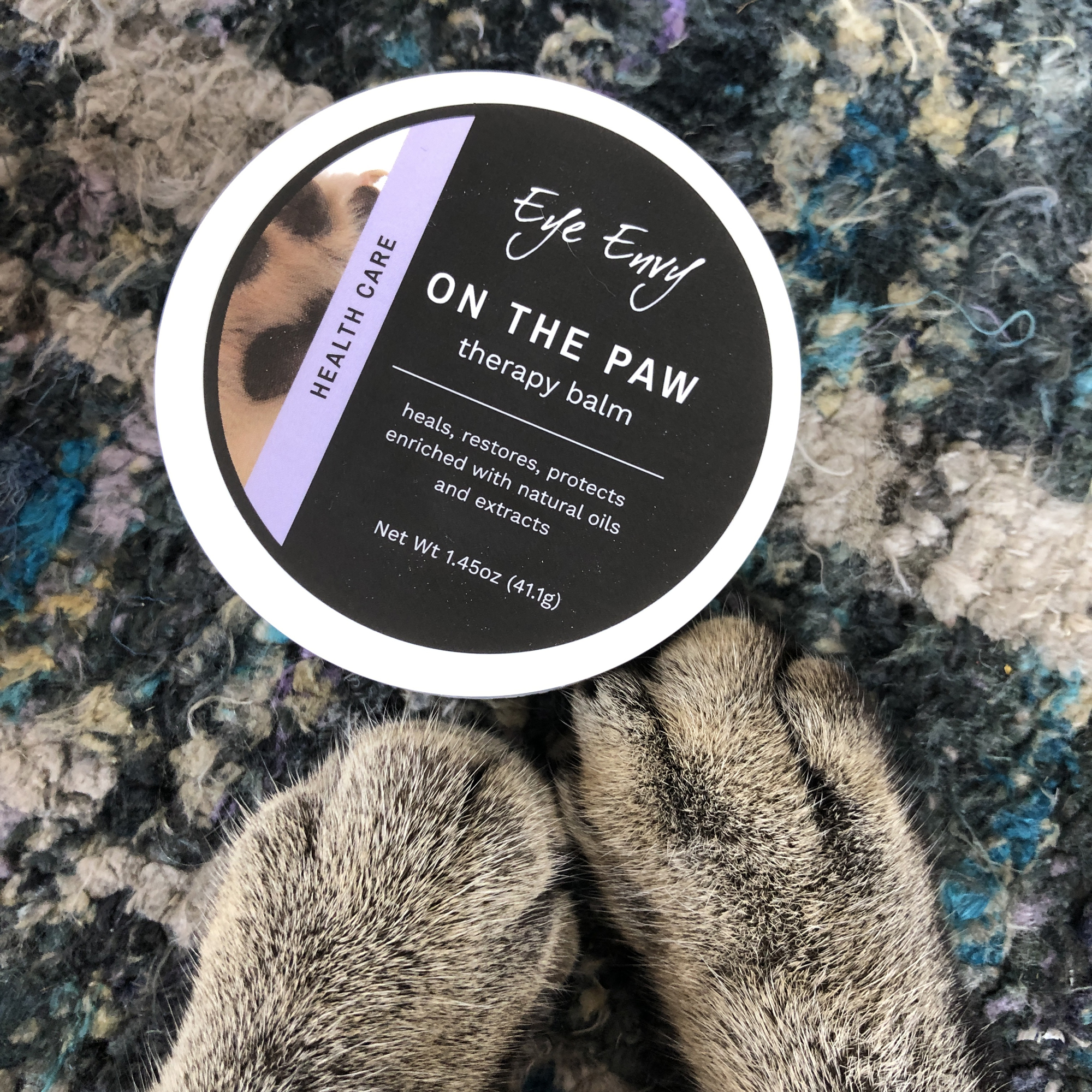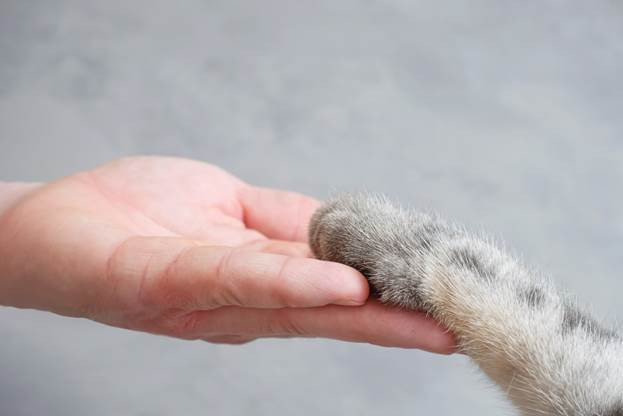How to Keep Your Cats Paws Healthy
You see where your cat travels through the home and outdoors. Its paws get exposed to multiple surfaces and see a high degree of wear and tear. Even if your cat doesn't appear to be limping or uncomfortable, it's a good idea to check for pebbles, glass and cracks, trim its nails and generally keep its paws clean. Keep reading to learn how to start a paw-care routine.
How Cats Use Their Paws
Your cat passes through a number of locations in an average day. It likely walks on wood, linoleum and other floors in your home, as well as counters, shelves and its litter box. If your cat is an outdoor cat, it may also encounter dirt, grass and gravel, as well as hot pavement. In winter, its paws may also pick up salt granules.
In addition, cats clean themselves multiple times per day by licking themselves - paws included. A gentle inspection of your cat's paws not only ensures you can remove substances that could be irritating or dangerous, but also helps you identify wear, bleeding or a potential injury.
Cleaning Your Cat's Paws
Take a thorough approach with the following steps:
Inspect
Especially if your cat is limping, take a look at its paws for debris and any cracked skin. Pay close attention to its toes and paw pads. Look for:
- Debris that may have gotten caught, from salt and small pebbles to granules from the litter box
- Splinters
- Cuts or scrapes
- Cracked, dry or raw skin
- Sores
- Pus
- A strange odor
- Swelling
From here, you may need to make an appointment with your veterinarian to have objects removed or get sores or an infection treated.
Wipe Down
After the inspection, use a soft, damp cloth to wipe down each pad, including between the toes, to remove dirt and dust.
Trim Your Cat's Nails
Use a cat-specific pair of nail clippers to trim the translucent or white tips of your cat's claws. Going farther can mean clipping the quick, an area with veins and more sensitive nerves. Get in the habit of trimming its nails every couple of weeks. Depending on your cat, you may need to do this in multiple sessions. You may also need to lightly squeeze its paw to get it to fully expose its claws.

Give Your Cat Something to Scratch
So that your cat doesn't destroy the furniture by using it to sharpen its claws, complement your nail-clipping efforts by providing your cat with a variety of scratching surfaces.
Trim Its Hair
Particularly for long-haired breeds, trim hair in this area with a pair of rounded scissors. Excess hair can contribute to paw irritation.
Moisturize
Should your cat's paws appear dry or cracked, moisturize the area with a soothing paw balm designed especially for your pet's paw pads.


